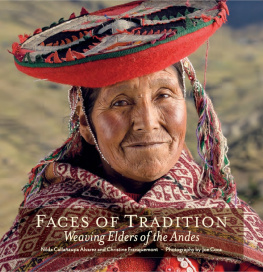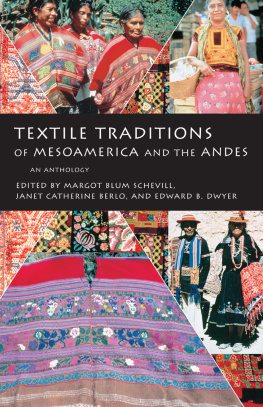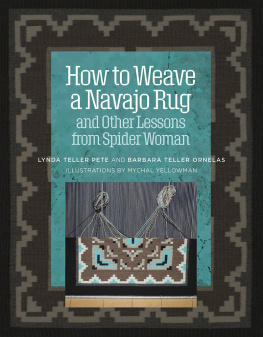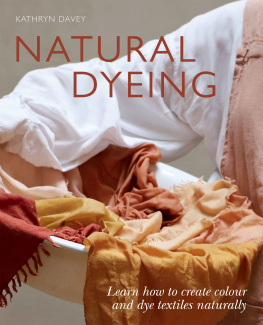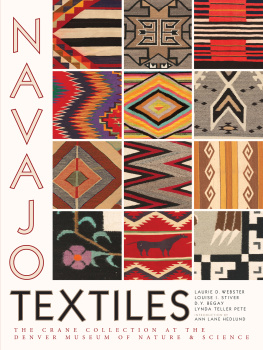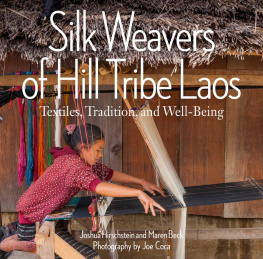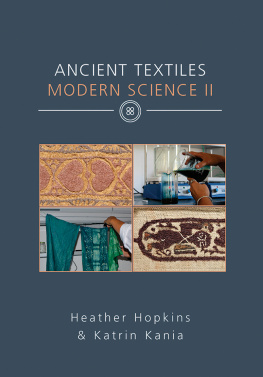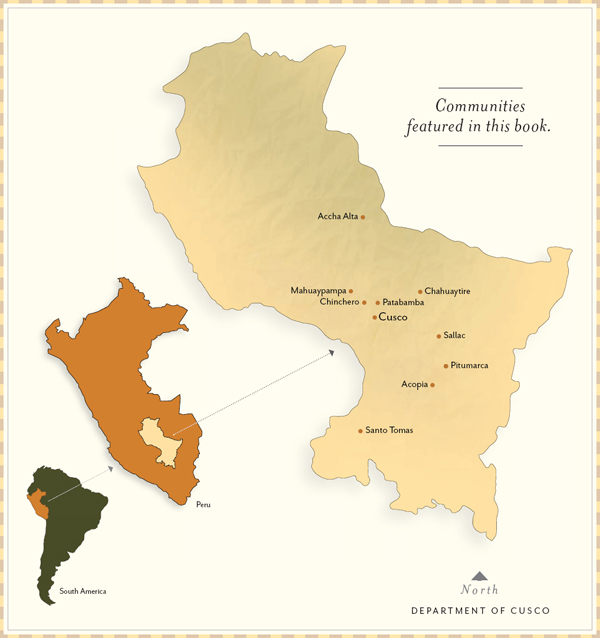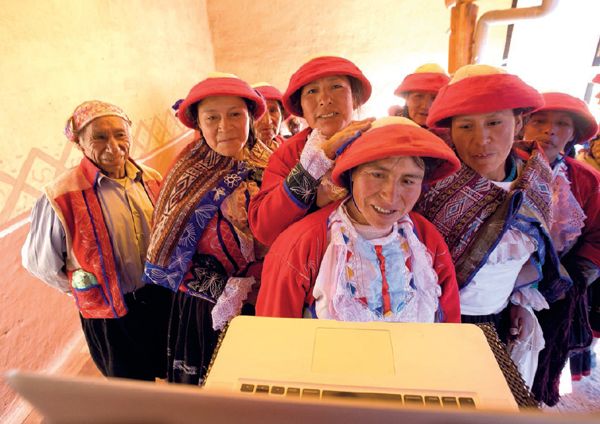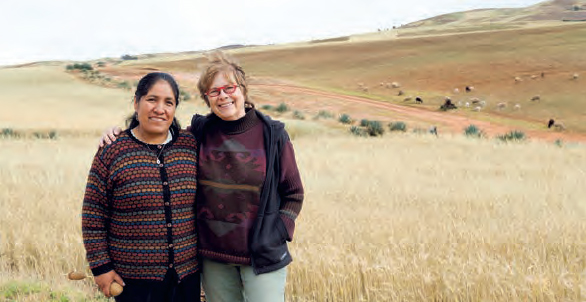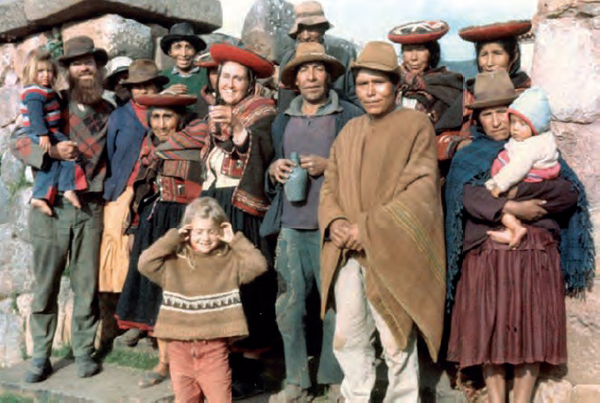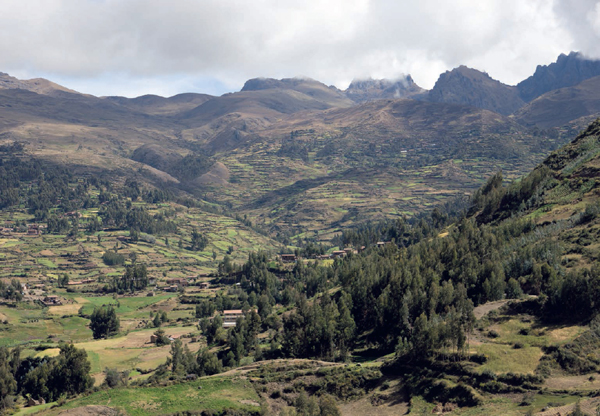Nilda Callañaupa Alvarez - Faces of Tradition: Weaving Elders of the Andes
Here you can read online Nilda Callañaupa Alvarez - Faces of Tradition: Weaving Elders of the Andes full text of the book (entire story) in english for free. Download pdf and epub, get meaning, cover and reviews about this ebook. year: 2013, publisher: Schiffer Publishing, Ltd., genre: Home and family. Description of the work, (preface) as well as reviews are available. Best literature library LitArk.com created for fans of good reading and offers a wide selection of genres:
Romance novel
Science fiction
Adventure
Detective
Science
History
Home and family
Prose
Art
Politics
Computer
Non-fiction
Religion
Business
Children
Humor
Choose a favorite category and find really read worthwhile books. Enjoy immersion in the world of imagination, feel the emotions of the characters or learn something new for yourself, make an fascinating discovery.
- Book:Faces of Tradition: Weaving Elders of the Andes
- Author:
- Publisher:Schiffer Publishing, Ltd.
- Genre:
- Year:2013
- Rating:4 / 5
- Favourites:Add to favourites
- Your mark:
Faces of Tradition: Weaving Elders of the Andes: summary, description and annotation
We offer to read an annotation, description, summary or preface (depends on what the author of the book "Faces of Tradition: Weaving Elders of the Andes" wrote himself). If you haven't found the necessary information about the book — write in the comments, we will try to find it.
In this revealing cultural study, dozens of ancient weavers and the landscapes that they occupy in the Cusco region of the Andes are vividly portrayed through personal stories and life experiences, bringing to life the decades of endurance, skill, fortitude, and natural pride honed from the time-honored traditions of the region and its people. Some of the storytellers featured here include Pitumarcas Timoteo Ccarita, who became so interested in the old textiles he found on his own travels that he re-created tapestry techniques from sight; Leonardo Quispe, who single-handedly rescued and revived the techniques of ikat-style tied-warp dyeing (watay) in his community of Santa Cruz de Sallac; and Cipriana Mamani, who remembers that in her town of Accha Alta, their finely woven textiles had many lives and were repurposed for use over and over again. Intimate photographs capture each of the elders, some of whom had never seen a picture of themselves or even looked in a mirror, revealing the life, strength, character, and experience of these men and women.
Nilda Callañaupa Alvarez: author's other books
Who wrote Faces of Tradition: Weaving Elders of the Andes? Find out the surname, the name of the author of the book and a list of all author's works by series.

